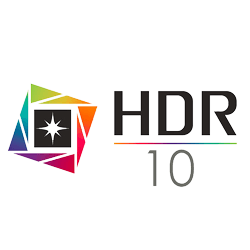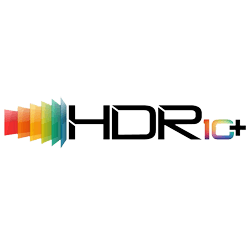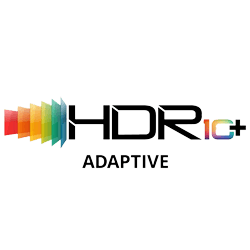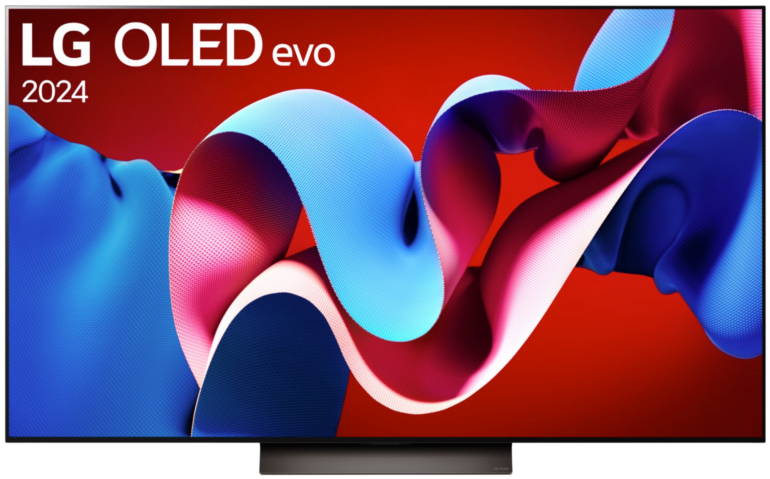Samsung S95B QD-OLED vs Sony A95K QD-OLED TV comparison 2023/01


Hey! If you buy through our links, you support our project. It won't cost you a cent more! Many thanks in advance! ♥️
Samsung S95B QD-OLED and Sony A95K QD-OLED compared – Which TV is better?
Detailed comparison: Samsung S95B QD-OLED or Sony A95K QD-OLED
Good, but not flawless reflection behavior
In contrast to regular OLED screens, QD displays tend to have a slightly better reflection behavior. Especially ambient light is minimized to a good level in our comparison between the Samsung S95B QD-OLED vs Sony A95K QD-OLED. However, things look further different with direct light sources.
Therefore, we recommend choosing darker lighting conditions for both models in order to really experience the deep black and the great picture quality without interference. Although the Samsung can hold its own a bit better in this discipline due to its higher consistency in terms of luminance, it still does not really compete with top backlit TVs in this area.









The outstanding OLED quality
To avoid any unpleasant surprises when buying, you should have already clarified one important question in advance: How are the viewers in the room positioned in relation to the center of the TV screen? This is different with OLED models!
Why? With this technology, the seating position is practically irrelevant, since you don’t have to accept any quality deficits even when watching from an extremely wide angle. Colors remain nice and vivid and the HDRHigh Dynamic Range – image/video with more dynamic range (contrast range) brilliance is on a high level. The limit is actually drawn by the degree of image distortion.
Both the S95B and the A95K could therefore be considered for the larger 65-inch version if that is an option for you in terms of price and you often sit in front of the TV with several people.






The S95B with a slight advantage
Although SDRStandard Dynamic Range – image/video with a conventional gamma curve (opposite: HDR) – “normal” videos content is far from reflecting the maximum possible quality level of modern top TVs, major display differences can also be present in this area. For example, the A95K cannot quite compete with Samsung’s QD-OLED in our comparison of the Samsung S95B QD-OLED vs Sony A95K QD-OLED due to a consistently lower brightness.
Due to the integrated ABL mechanism, content that is displayed on the screen for a longer period of time becomes visibly darker. However, the Sony’s panel also needs much less power in reverse and already manages 113 kWh for 1000 operating hours. The S95B needs almost 25 percent more at this point.


The brilliance benefit with the Samsung
If you want to achieve the highest possible luminance on your screen, but by no means do without an OLED model, then the S95B is one of the most powerful TVs in this field. Despite identical technology, Samsung’s flagship displays details more brightly than the A95K in our comparison of the Samsung S95B QD-OLED vs Sony A95K QD-OLED.
Unfortunately, you will have to accept a drop in accuracy. This is particularly noticeable in dark content and the so-called black crushLoss of details in dark areas (No Shadows/ No stars in the night sky) effect. Therefore, subtleties can get lost in low-light scenes. The energy balance diverges even further in this area and almost makes the Sony look like an energy-saver with 137 kWh.









A more accurate tuning on the Sony
In this price range, the streaming offer of both models does not leave you out in the cold and offers everything you need in this area. The difference is rather in completely different areas and starts with the so-called tone mapping in our comparion of the Samsung S95B QD-OLED vs Sony A95K QD-OLED. This is simply more accurate on the Sony and ensures better color fidelity compared to the S95B. In short: Colors simply look more lifelike.
Dolby VisionDynamic HDR-format with a color depth of up to 12 Bits and Mastering of up to 10,000 Nits for dynamic brightness adjustment per scene and IMAX Enhanced Support round out the picture in a meaningful way and show why the A95K can bring one of the best cinema images into your living room. In terms of sound, you should of course look for another solution, since flat-screen TVs aren’t really made for pulling a lot of cows from the ice rink in this area.


Expected features with slight drawbacks
Generally, gamers will be satisfied with both TVs. However, this could be more true for one than the other. In detail, this means that the next-gen suitability is given for both, but some small differences make the pendulum swing in favor of the S95B. Of course, both are capable of HDMI 2.1, but the A95K only has this standard on the spec sheet twice. On the other hand, you can use up to four full-fledged connections of this kind on the Samsung.
Apart from a slightly higher input lag in Sony’s Smart TV, we noticed restrictions in Dolby VisionDynamic HDR-format with a color depth of up to 12 Bits and Mastering of up to 10,000 Nits gaming in our test. The TV does not like a frame rate of 120 hertz in 4K with Dolby Vision enabled on the Xbox Series X|S. A maximum of 60 frames are possible here. Considering the comparatively high price, this is a quite sobering conclusion in our confrontation of the Samsung S95B QD-OLED vs Sony A95K QD-OLED.






Best conditions for sporting events
Since both have OLED-based panels, they combine several advantages that offer a great picture during sports broadcasts. The fast screens of both models in combination with the powerful processing units ensure an uninterrupted calculation of the intermediate images and thus visually enhance the scenes.
The positive effect: Improved recognizability in real time and finer sequences even with larger crowds on the playing field or the race track. In addition, there is another significant strength: This is the high uniform display quality for larger color areas. Gradients thus look more accurate and holistic.
Spot islands or small irregularities practically do not occur. However, the wide coverage of the color space speaks in favor of the Sony in our comparison of the Samsung S95B QD-OLED vs Sony A95K QD-OLED and rightly positions the cinema TV just ahead of the Samsung competition.
A wide range of functionalities
While the A95K does not exactly offer the accessible version of Android 10, version 7 of Tizen is more navigation-friendly and does not make you search through the menu structure on the Samsung TV for a long time. Gesture control on the Sony, a distance warning and automatic person detection for picture and sound calibration set the home theater device – realized by the included Bravia Cam – apart from the S95B’s equipment package.
An additional unique selling point in our comparison of the Samsung S95B QD-OLED vs Sony A95K QD-OLED is the illuminated remote control on the Japanese manufacturer’s TV and the two-way mounting of the stand. This way, you can let the stand disappear completely behind the case, if you like.
In addition to a twin tuner, a USB recording function is also available on both TVs if required. Although Apple Air Play is integrated on the S95B, the QD flagship does not have the Homekit feature. On the other hand, you don’t have to worry about the Sony. You will find the full Apple program here. Besides Bixby, which is exclusively preinstalled on the Samsung TV, you can also talk to Alexa or Google Assistant.


integriert

integriert



integriert

kompatibel
Our conclusion:Peak brightness vs image quality
Both 2022 models are definitely on the top performance shelf and show what modern OLED TVs are capable of in the meantime. If you are more of an evening quality guru when it comes to movies and series, you will be better off with the A95K.
However, you should take the comparatively high price surcharge into account in order to catch up on the last few percent of display quality. In return, you get Dolby VisionDynamic HDR-format with a color depth of up to 12 Bits and Mastering of up to 10,000 Nits and compatibility with IMAX content.
On the other hand, you can still expect a great, but not overpriced picture quality from the S95B and definitely one of the brightest OLED TVs on the market. Although this model still cannot keep up with the backlit technology of LED-LCD TVs, it still performs well in somewhat brighter lighting conditions.


